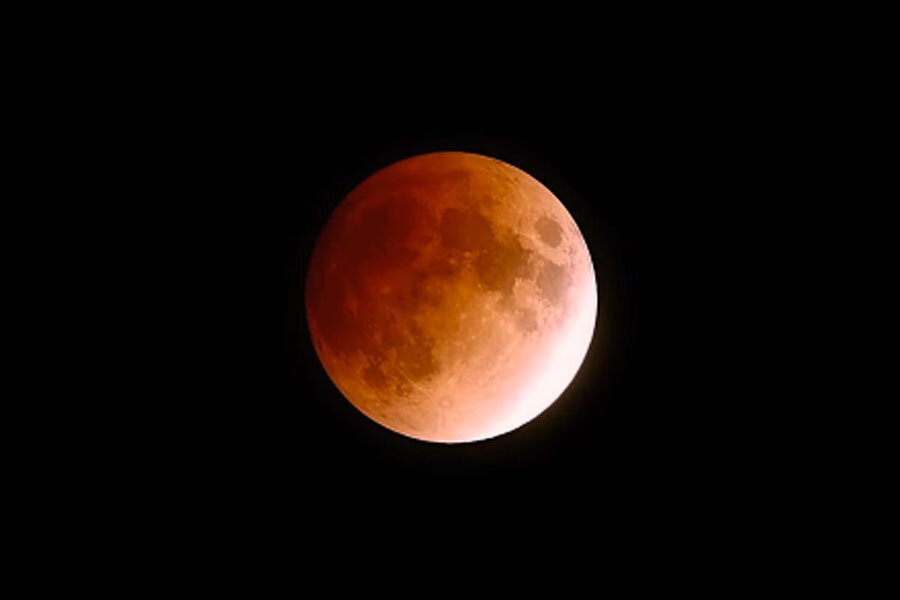Why this next lunar eclipse will be different
Loading...
Blink and you might miss it.
Nearly half the globe will have the ability to observe a total lunar eclipse this weekend, but skywatchers will have to be quick about it, because it will be the shortest total lunar eclipse of the century.
According to NASA, the total eclipse will last just five minutes. The first part of the eclipse will can be seen from Eastern North American and western South America before sunrise. Those in Asia, Australia, and New Zealand will be able to see the end stages after sunset. Europe, Africa, and the Middle East will miss out on the show entirely. See NASA's map here.
Unlike a total solar eclipse, which is usually visible to a relatively small segment of Earth, the total lunar eclipse can be observed by a large portion of our planet. Another characteristic that differentiates the lunar eclipse from the solar kind: you don't need special eye protection to watch the event, because there's no risk of catching direct radiation from the Sun.
Scientists have several terms to describe what's happening during an eclipse of any kind. The first stage of the event, not visible to the observer's naked eye, is the penumbra. In the case of a lunar eclipse, this occurs when the shadow cast by Earth only partially obscures the sunlight that typically illuminates the Moon. Once Earth's shadow wholly blocks the path between the Sun and Moon, the eclipse reaches the umbra stage.
When Earth's natural satellite is covered by the planet's shadow, the moon takes on the name 'blood moon,' for its intense red-orange color during totality. The change in coloration occurs as sunlight that has skimmed through Earth's atmosphere is refracted by the atmosphere onto the umbra.
And it's not just the brevity of this eclipse that makes it noteworthy. The last two lunar eclipses, along with this week's event, are all part of a rare occurence known as a lunar tetrad. During a tetrad, four total lunar eclipses occur in succession, each separated by about six months. April and October of last year brought the first two eclipses of the series, and the final eclipse is scheduled to occur on September 8 of this year. Only eight tetrads will occur over the duration of this century, according to NASA.








